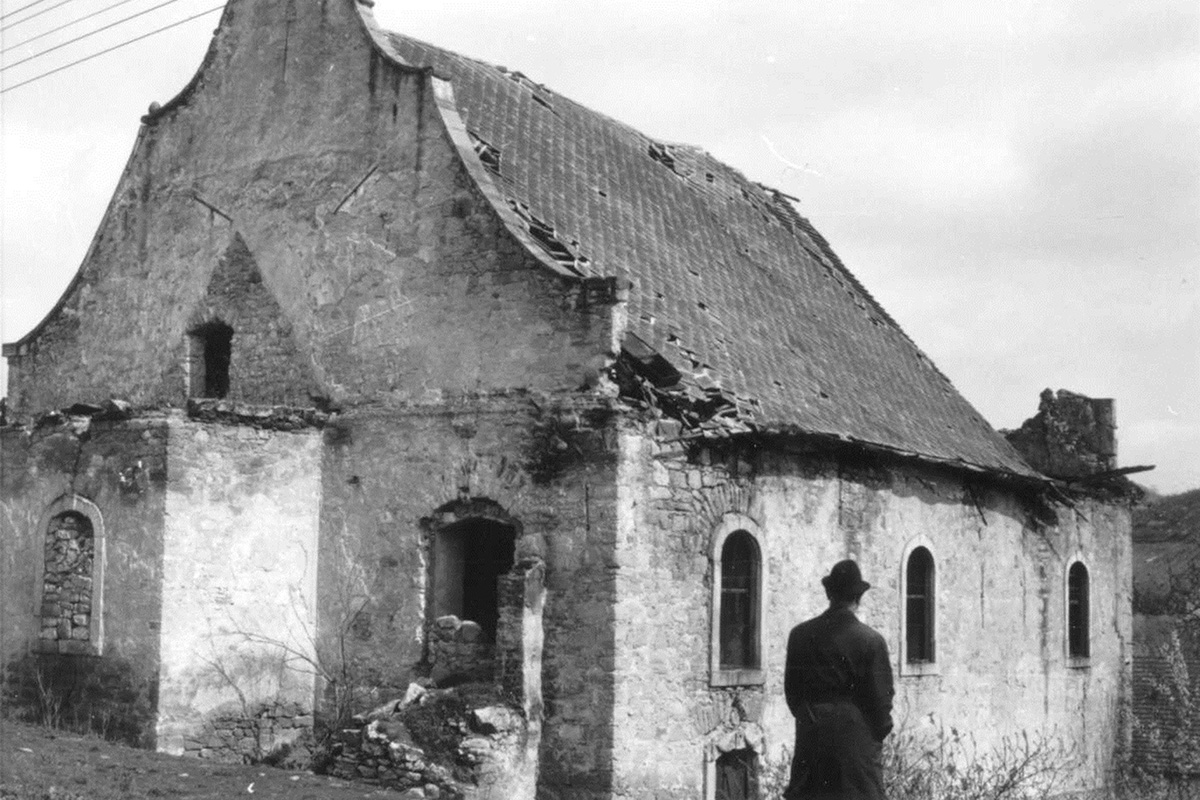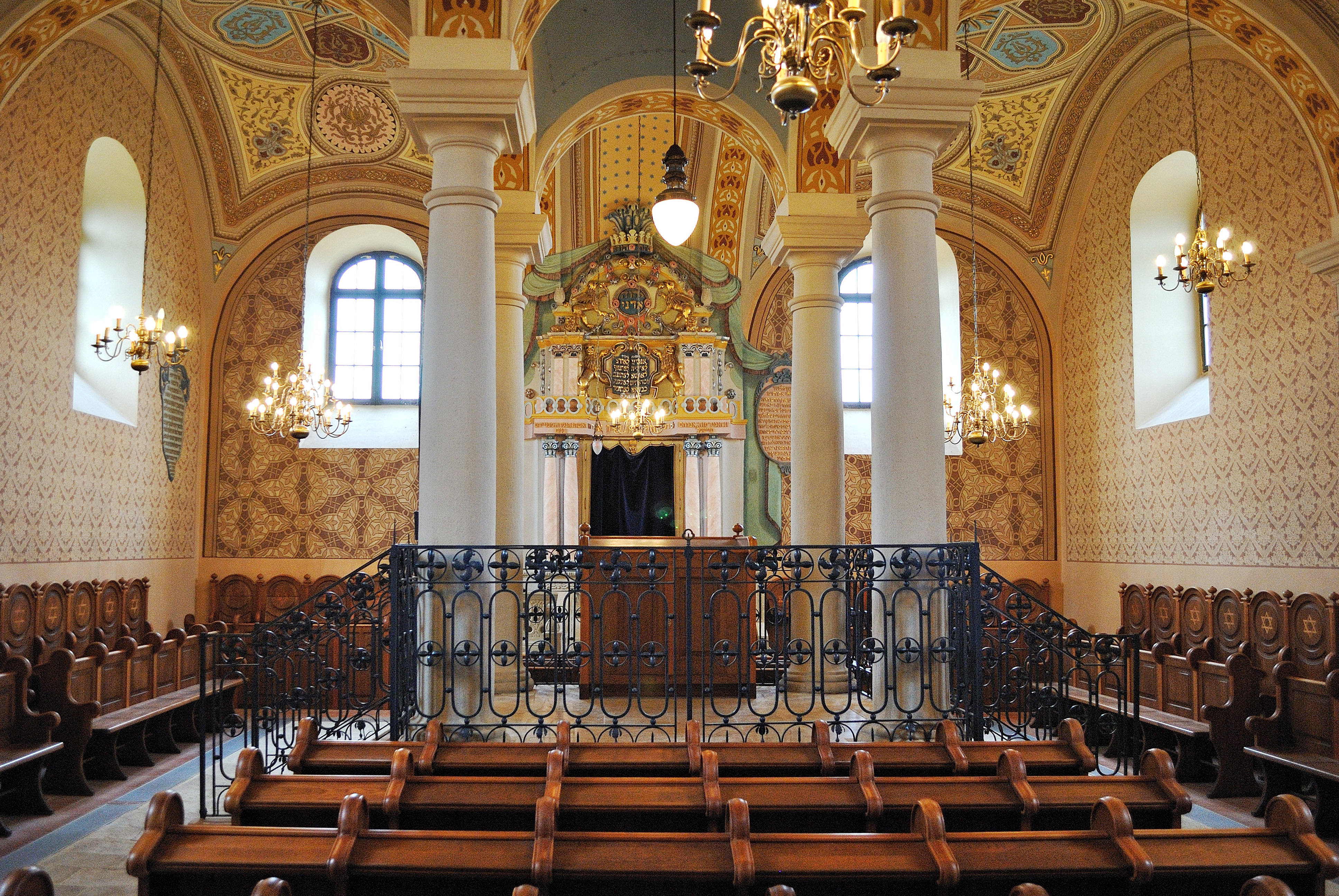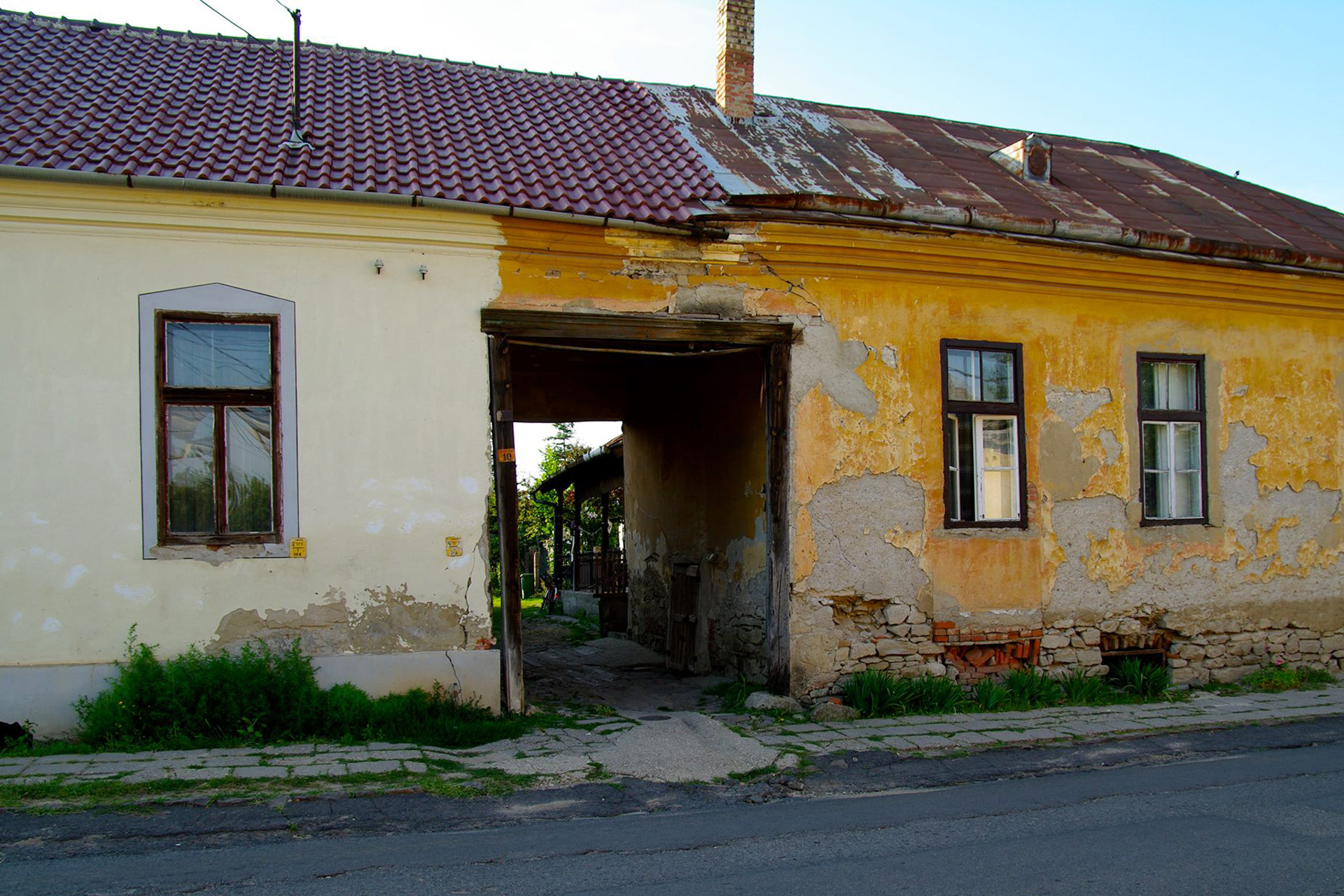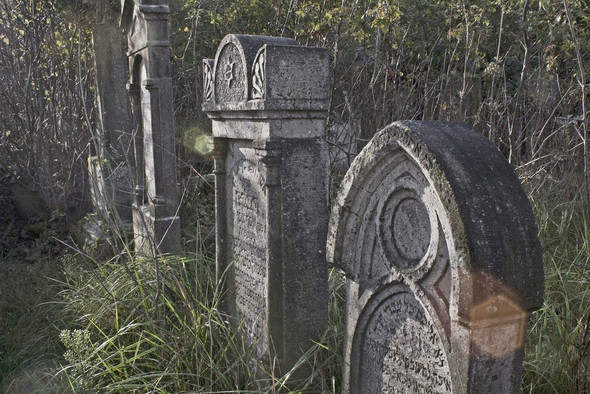“Foreigners” settling in Hungary were of decisive importance in the economic life of Tokaj-Hegyalja from the very beginning. Tokaj-Hegyalja is perhaps the country’s most multi-ethnic wine region in this respect. From the 18th century, Italian, Walloon, Greek, Armenian, Jewish and German families were involved in the Tokaj wine trade and populated the Tokaj-Hegyalja region. This diversity is in some ways similar to the Bordeaux wine region where, from the beginning of the 19th century, its famous chateaux were mostly in foreign hands, predominantly English. And there, the foreign owners’ determining role is not questioned even to this day.
The presence of the Jews in Hegyalja was noted in the 17th century. The immigration of the Jews accelerated from the 18th century, which was linked to Galicia, which bordered Hungary, coming under Austrian rule following the partition of Poland. Ninety percent of those Jews who settled in Hungary arrived in the Carpathian Basin from the east, through the Dukla Pass, and their migratory path mainly affected Transcarpathia, more specifically the Upper Tisza region. They then continued to migrate further from their newfound home, to the west and to the south. Given that Hegyalja was relatively near the start of their migratory path, the appearance of the Jews, their demographic surge and then, from the second half of the 19th century, the start of their migration fundamentally affected the Hegyalja region.

The number of Jews only continued to increase until about 1880: at that time, the population was 35% Jewish, whereas by 1930, this proportion had dropped dramatically to 20%. In 1742, there were only 12 Jewish families registered in Sátoraljaújhely, while in 1821, there were already 146. It can therefore be stated that in the first half of the 19th century, the Jews were the dominant ethnic group in the wine region – their proportion and numbers were higher than, for example, the Swabians.
Their situation was gradually resolved
Parliament’s 1741 resolutions protested against the fact that a significant proportion of land was in foreign hands. This also affected the Jews, who since the 18th century, had not only been present in the wine region as merchants, but also as tenants. An urbarium from 1784 mentions, for example, Count Pálffy and ‘Dávid Zsidó’. (Zsidó is Hungarian for Jew – Ed). The situation of the Jews was resolved as a result of Joseph II’s ‘Tolerance Decree’; it permitted them to purchase and cultivate land, and to do business, all of which had previously been forbidden. However, this did not mean complete freedom; in Sátoraljaújhely in 1801, for example, they were banned from making Essencia and from any trade connected to it. In 1839-1840, Parliament passed further bills favourable to the Jewish population: from this time on, Jews could also purchase land tenures. From the beginning of the 19th century, there is evidence that the Jews also made kosher Aszú, which simply meant that only Jews picked the aszú berries, too.
Jewish winemakers and wine merchants introduced numerous innovations
Previously, the barrels had often been smeared with lard as a form of preservative, instead of this, the Jews favoured the use of well-toasted oak barrels treated with sulphur and used new barrels much more often than the Christians did. Due to the more mobile nature of the Jews, it was they who mainly spread innovation, and all the distribution of technical achievements relating to modernisation materialised with significant contributions from the Jews.
Here we should mention the enrichment of must with sugar, the fortification of wine with distilled spirits, pasteurisation (which in the 19th century counted as a particularly progressive step, since these methods meant that it was possible to produce more homogeneous quality and prevent the re-fermentation of sweet wines), the adjustment of larger quantities of wines and ever finer filtration methods. It should be added that these methods are no longer used; however, in the 19th century, these procedures were not forbidden anywhere and in many ways represented a revolutionary breakthrough in wine-making technology.

Joining the trade
Jewish wine merchants did not play a significant role in the life of Hegyalja until the beginning of the 19th century. Subsequently, however, the Jews achieved a decisive role in both the domestic and the international wine trade. Jewish wine merchants from Sátoraljaújhely, for example, also managed to dominate the markets in Kosice. There were several reasons for this. On the one hand, the Hungarian aristocratic elite remained aloof from commercial activity, on the other, the volume of wine trade increased rapidly as shipping possibilities improved. When delivering wine to the former Polish territories, Jewish wine merchants’ activities were also helped by them being able to rely on a system of family relationships.
Tenancy and maximum ownership
Phylloxera decimated half of the country’s vineyards between 1875 and 1897. The Hegyalja vineyards were affected well above the country’s average, with 67% destroyed, and the pioneers of the vineyard reconstruction starting at the beginning of the 20th were also Jewish investors. This led to the amount of land in Jewish hands reaching its peak at the start of the 20th century.
Jewish commercial activity was characterised primarily by selling wine locally from the big estates by the litre as well as marketing it outside the wine region. Moreover, by the end of the 19th century, they had leased a significant amount of vineyards estates; 20-30% of leased land in the region was in the hands of Jewish investors. Unlike the Greek merchants, whose activities were not primarily based on acquiring the properties, the Jews sought to purchase vineyards and wine cellars as well. In addition, they also became involved in the various branches of agricultural production more directly and in a multitude of ways.
The structure of Jewish society
The social stratification of the Jews in Hegyalja was quite complex. There were just as many poor families living mainly from transportation as there were small entrepreneurs (shopkeepers, butchers, innkeepers, brewers and tailors) or wealthier grape growers, in addition to wine merchants and a separate category composed of owners of distilleries and vinegar factories. The activities of this latter group, in which the Jews were extremely well-represented, was particularly important, as they created jobs and paid a serious amount of tax, and their activities contributed significantly to the wine region’s economic prosperity not being based solely on one single product. In Sátoraljaújhely in 1840, 25% of the Jews were merchants (13 large, 53 small and 16 peddlers), 24% were tenants (they leased inns, butcher’s shops and land), and half of the remaining group were teachers, craftsmen or landless labourers. This social structure was quite different to the Hungarian ethnic occupational breakdown, in which merchants and tenants were only minimally represented.
The Jews were one of Hegyalja’s pioneers of embourgeoisement
Móric Strausz founded the two-year commercial school in Miskolc in 1848. The fact that the Hegyalja Wine Trading Company, originally even set up with anti-Semitic aims, already counted Jews among its members in 1840 is eloquent testimony to the integration and acceptance of the Jews. Those endeavours which aimed to exclude Jews from economic life, did not manage to rise to the level of state policy right up until 1920 although ‘there was demand for it’ as evidenced by various county reports.

The Hungarian government passed laws depriving the Hungarian Jewish population of their civil rights from 1944, hence destroying that class which had been one of the repositories of the region’s modernisation. Their property was officially declared the property of the ‘Hungarian nation’; however, in practice it was stolen or destroyed by purposeless use. Their absence still represents a gaping hole in the social life of Hegyalja.
The author, Krisztián Ungváry, is a Hungarian historian and winemaker. The article originally appeared in the Tokaj Wine Region Viticulture and Oenology Research Institute publication ‘Szőlő-levél’, Volume V, issue 5.
(If you are interested in discovering more about Tokaj’s Jewish heritage in situ, we would recommend taking award-winning Taste Hungary’s Tokaj Jewish heritage and wine tour.)






